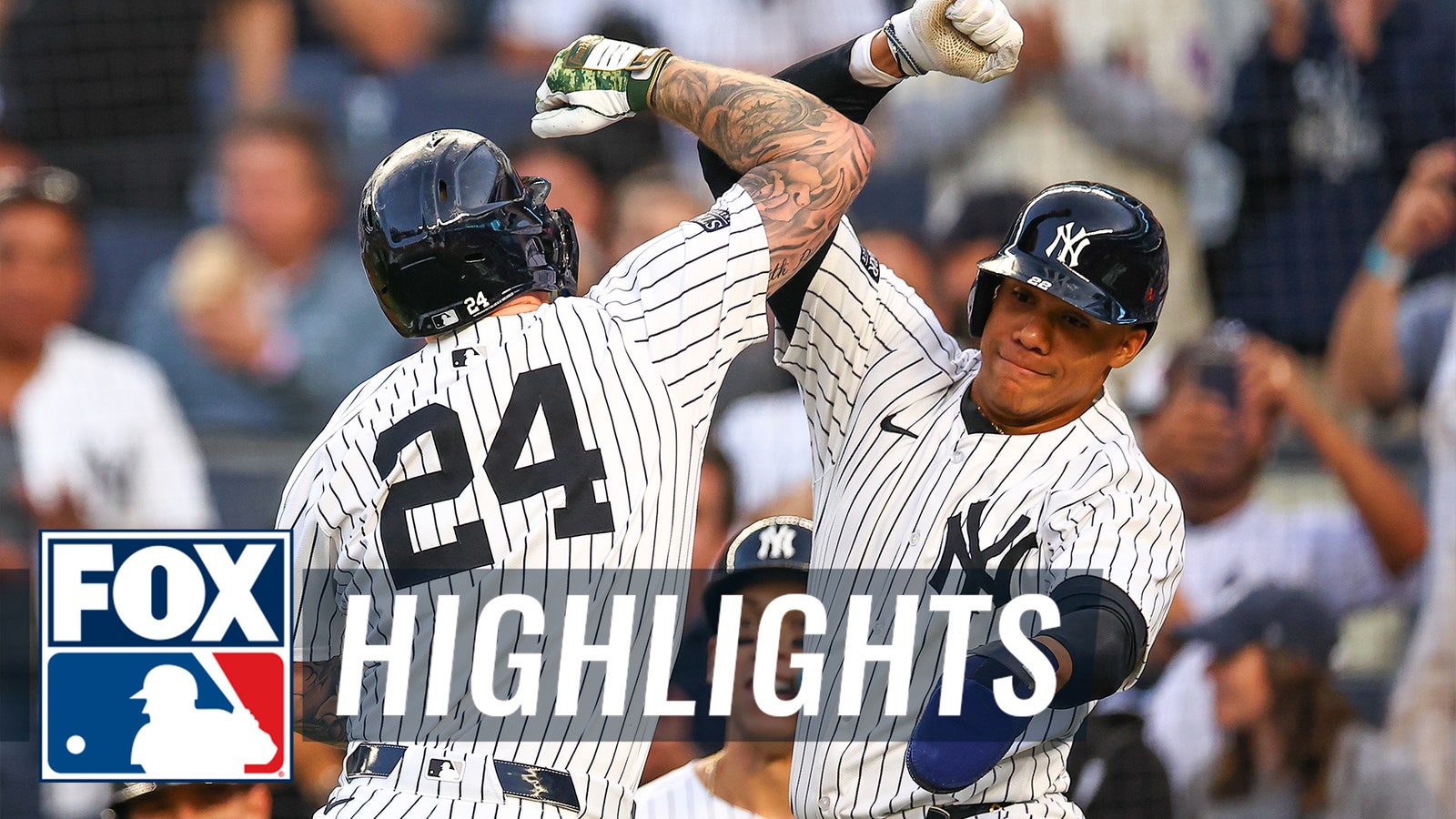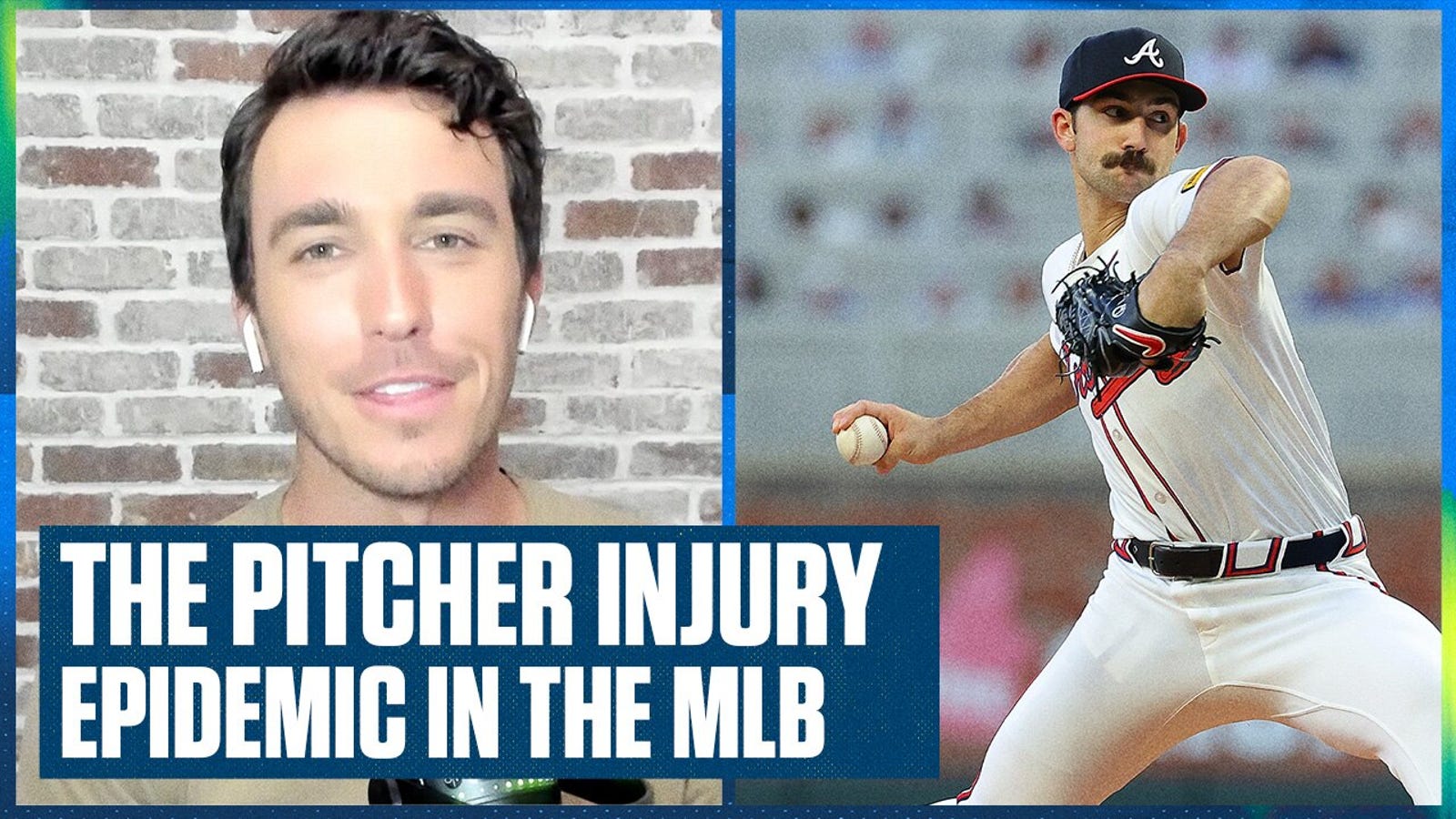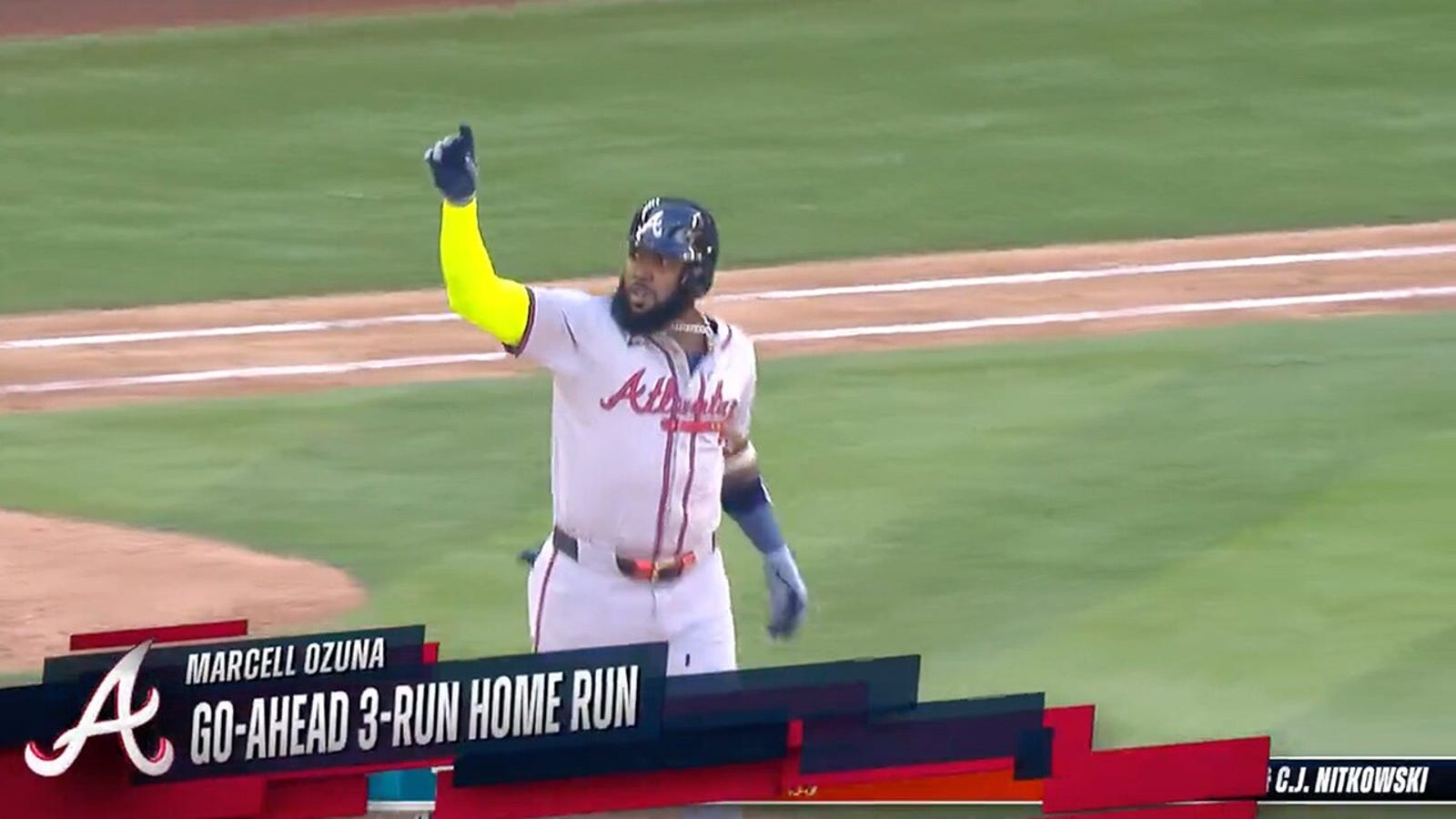<!–>
Ranger Suárez is not a typical starting pitcher in today’s game.
He’s not obsessed with spin rate. His 91.4 mph fastball velocity, a couple of ticks slower than in previous seasons, is ranked in the 13th percentile among all qualified pitchers. He fields his position so well, and so calmly, that murmurs of a Gold Glove award are cited during his starts.
And what have those outings resulted in? Only the most victories in MLB. He’s also the only unbeaten pitcher with more than five wins, and the Phillies have won all eight of his outings heading into Wednesday’s start versus the Mets.
So, we have a middle-of-the-rotation starting pitcher who doesn’t throw very hard, relies on a six-pitch mix, has a 7-0 record, and is carrying the third-best ERA (1.50) in baseball, with the lowest WHIP (0.72) to boot. And to think, just a few years ago, Suárez pitched out of the bullpen in more than half of his appearances. The 28-year-old southpaw is a throwback, and he’s quickly becoming a household name whom we should all be paying more attention to.
ADVERTISEMENT
“What’s impressive to me is he’s not a guy who’s throwing 95-100 mph, what the game is kind of moving toward,” Phillies starter Aaron Nola told FOX Sports. “He’s a left-hander that has 5-6 pitches, and he commands every single one of them. He’s got four strikeout pitches, and that’s what makes him tough. He’s never out of a count, he’s never out of an at-bat. That’s why he’s been good.”
Here are three reasons why Suárez is deserving of a brighter spotlight, and why he’s currently the most underrated pitcher in the sport.
1. Location, location, location
It’s all about movement and finesse for Suárez. He paints the strike zone every five days. He dots the corners and gets hitters to chase. It’s also all about keeping opposing batters off balance for Suárez. He’s a case study on why throwing the ball with excellent command can be more effective than focusing mostly on high velocity. Suárez is bucking the trend, and it’s working.
How is he doing it? He’s cut last year’s walk rate from 8.9% to 4.1% thus far, which is among the lowest in MLB. Consider: To put this dramatic drop in perspective: Through eight starts (43.2 innings pitched) last year, Suárez had walked 14 batters. He’s permitted just eight this year while already tossing 54 innings. He’s also just one of four qualified pitchers to sport a walk rate of 4.1% or better with a strikeout rate of 28.1% or better. His terrific strikeout-to-walk rate of 6.88 is tied for ninth in MLB.
Suárez spent time this winter focusing on his secondary pitches, with the goal of better locating them in the zone. That improved command has led batters to chase; they can no longer stay frozen with their bats on their shoulders, expecting the ball to roam out of the zone, in pursuit of drawing walks. The chase rate on all of his pitches has improved from 29.6% last year to 32.7%.
He’s locating nearly half of his pitches on the edge of the zone (44.8%), whereas the league average is 39%. Moreover, his ability to continuously replicate his release point has created the perception that all five of his pitches have blended into one. Only a moment before the ball reaches the plate does the pitch reveal itself, which tends to be too late for batters to get a good read and barrel the ball.
Speaking of which, Suárez has allowed just 5% of his balls in play to be barreled (the league average is 7%). That means opposing batters are connecting at an exit velocity of at least 98 mph only 5% of the time. In fact, the average exit velocity off of Suárez’s arsenal is 83.2%, which ranks in the top 2% of the league. That weak contact is just another product of Suárez’s improved command. Now, batters have to swing on Suárez’s many offerings, because if they don’t, those pitches will fall for strikes.
2. He’s on pace for 200-plus innings
Manager Rob Thomson and the Phillies have loosened their leash on Suárez. They’re letting him pitch deeper into games, largely because Suárez is pitching fast, getting quick outs, and limiting his pitch count — all by design. Pitching into the seventh or eighth inning is a weekly objective for Suárez. Teammates who know Suárez best said he considers his outing a failure if he’s pulled before then. They say it’s possible Suárez’s new mentality derives from his days as a reliever from 2018 to 2021. Though he was effective out of the pen — he posted a 1.36 ERA across 106 innings and 39 games (12 starts) in 2021 — Phillies starters knew Suarez was always capable of going the distance.
Sure enough, Suárez’s 54 innings are only topped by pitchers who have already made nine starts, and his 6.75 innings per start leads the majors. Suárez and Nola are the only two pitchers with multiple starts spanning at least eight innings this year, and they’re two of five hurlers to toss a shutout. Suárez is also just one of four pitchers to throw 50-plus innings and surrender fewer than 10 walks. Only Suárez has registered 50-plus innings and 50-plus strikeouts while sporting an ERA under 2.00.
It helps tremendously that Suárez is a ground-ball pitcher with an elite sinker. As for that excellent command, Suárez throws his sinker in the strike zone 62% of the time. On average, his sinker moves 16 inches away from a right-handed batter and drops 29 inches. The league average is a 24-inch drop. But it’s not just the sinker; Suárez has multiple weapons to help him get out of jams, including an improved curveball that he only started throwing in 2022. Just three pitchers in baseball have a ground-ball rate higher than Suárez’s 57.7%, and all three have much higher walk rates.
Since Suárez is already limiting walks, he hardly needs the double-play ball, and is just getting fast outs by way of the ground ball. His quick pace, and ability to pitch deep into games has the Phillies believing he could eclipse 200 innings for the first time in his seven-year career.
3. He’s a legitimate Cy Young candidate
Suárez’s 1.7 fWAR is tied with former American League standouts Tyler Glasnow and Dylan Cease for the NL lead. Right behind them is Suárez’s Philly teammate, Zack Wheeler, who is still seeking his first career Cy Young Award after finishing as the runner-up to Corbin Burnes in 2021. Sure, the company Suárez is keeping in most advanced metrics is telling of how elite his season has been. But his work thus far is rare even by historical standards.
Suárez is the fourth pitcher in the modern era to have a WHIP of 0.72 or lower while his team won each of his first eight starts. The other three instances happened in the 1900s — as in the decade, and all three of those pitchers (Mordecai Brown, Addie Joss and Christy Mathewson are in the Hall of Fame. We can pump the breaks on Cooperstown for now, but the early Cy Young buzz around Suárez is valid.
“Stay healthy this year, and he’s got a chance,” Nola said of Suárez winning the NL Cy Young. “He’s got the makeup for it, for sure. For me, for guys to win the Cy Young, he’s gotta stay healthy all year. It’s a hard thing to do, and you gotta put a lot of emphasis on it, but he’s a guy who can. He’s a pitcher who can win it, in my opinion.”
Suárez isn’t the only one on his pitching staff going for his first career Cy Young, and that competition is leading to great achievements within the Phillies rotation. Philly’s 6.0 starting pitching fWAR prior to Nola’s shutout Tuesday was the best in MLB, and it wasn’t particularly close. Their 2.65 starting pitching ERA is ranked second in baseball, trailing only the Red Sox. The dominance — and length — from the rotation is leading to more ideal, low-pressure situations for the bullpen, which is the weakest part of the roster yet has managed to record a 1.9 fWAR that ranks third in MLB.
A No. 3 starter in Suárez, pitching like he’s the best in the league, is paying dividends for a Phillies team that became the first club to eclipse 30 wins this season. Beyond Suárez’s ceiling as a Cy Young pitcher, he’s already proven to be an enormous weapon in October — he owns a 1.62 ERA across nine playoff appearances (seven starts) over the past two years. Suárez has been a true X-factor for the Phillies, but this year, he just might be a catalyst to another Fall Classic appearance.
Deesha Thosar is an MLB writer for FOX Sports. She previously covered the Mets as a beat reporter for the New York Daily News. The daughter of Indian immigrants, Deesha grew up on Long Island and now lives in Queens. Follow her on Twitter at @DeeshaThosar.
Want great stories delivered right to your inbox? Create or log in to your FOX Sports account, follow leagues, teams and players to receive a personalized newsletter daily!
–>
recommended

Get more from Major League Baseball Follow your favorites to get information about games, news and more
Link to Original Article - on Fox Sports





